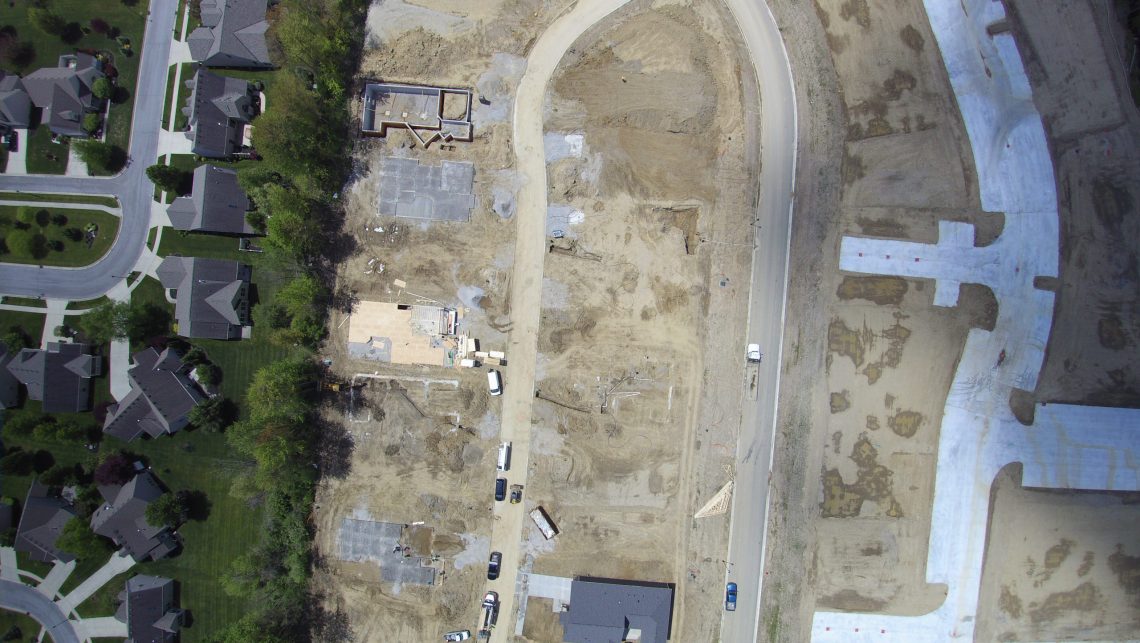
Finding development land is no easy task, but it’s critical for any home building project. In today’s market, lot inventory has been exhausted. What’s worse, big builders buy up parcels and, in many cases, the land is tied up before it’s even listed by a realtor, leaving smaller builders with fewer options for their projects. The good news is good land is still available. You just need to see and evaluate viable sites before they’re gone. So how do you find the best of what’s available? Here are 10 suggestions:
1 – Be Targeted
Land acquisition is not exactly like looking for a needle in a haystack, but it can sometimes feel that way. Searching an entire metro area for that perfect piece can prove frustrating if not fruitless. You’re better off searching within sub–markets that show potential. Get feedback from municipalities as to where they would like to see your product built.
2 – Do Your Research
There are dozens of tools you can use to learn about land in the markets you are targeting including tax records, GIS maps and online listings. But if you want to find ideal parcels for your projects, you probably want to dig a little deeper. Study the demographics, traffic patterns, utilities, zoning and future land use for the sub–markets and second tier parcels you might be interested in, too. That data will tell you more than just what’s available – it can tell you if the site has potential.
3 – Network
Since so many buildable sites never hit the market, it is important to find an inside line. Often that means mining and expanding your professional and social circles. Find out who the land brokers are within your areas of interest and within your social networks. Then reach out and build relationships with them so you can get the first look at sites. Once you have created those relationships, be sure to be specific about your land requirements.
4 – Know Your Criteria
You should never have to justify a site. You should know immediately whether it’s right or wrong. That means having rock-solid criteria and sticking to it. Does the site have good visibility? Are utilities well–located? Are there acceptable uses next door? Is it near amenities your buyers want? If the answer to any of those questions is “no”, that should be your answer too.
5 – Be Patient
Timing is everything, particularly with land acquisition. It’s easy to get impatient when you’re eager to start a project. Remind yourself that you’re looking for A+ sites. Ideally, you’ll find buildable lots in a matter of months. However, if it takes a year but the site is right, you, your buyers and the community will all be better served.
6 – Buy Competitively
In short, it’s better to overpay for a great land opportunity than underpay for a lousy one. If the site is bad, the project will be a fight from start to finish. Focus on median home values and be as competitive as anyone in the home building industry. If you do that, you will always be a viable buyer.
7 – Bring the Data
Not all sales are slam dunks — sometimes you have to work the ball before you score. That means being as savvy as you are competitive. Do this by showing the seller the true value of the development and your ability to deliver that value. Know the site’s features, what’s usable and what each lot is worth. Convince the seller that your project is the better fit, that you are more likely to get zoning approval or that you will deliver more attractive buyers and a better development. This type of data can be compelling to sellers and may help you overcome a higher offer.
8 – Phase Strategically
Early on in the process, work with engineers and municipal staff to determine project phasing that aligns with the expected pace of sales and construction. We recommend obtaining final engineering approval on phase one and phase two together so, if initial sales exceed your projections, you may proactively develop phase two as soon as you need it. Focus on lot availability to avoid “gapping out” between phases.
9 – One at a Time
If your research, planning, patience and execution lead you to a site that works and a development that sells, consider yourself lucky. Getting out of the gate and making your community work is the hardest part. Now you’ve got momentum that you can build on. The lessons you have learned throughout the process of finding buildable lots will make your next projects that much easier.
10 – Partner Up
If you’re a builder and not a developer, land acquisition might be more than you’d care to take on. In this case, becoming an Epcon Franchise Builder can help bridge the gap. Franchise Builders have access to the systems, models and resources of a large builder (i.e., market studies, demographics, site selection, entitlement, pricing, purchasing, budgeting, marketing, sales and more) without the overhead. They get advice on what will work where, who they’re competing with and what it should cost based on historical data from markets all over the country. For small builders, it’s a path to bigger things.
Perfect sites aren’t necessarily plentiful these days, but they are out there. With the right information, evaluation and approach, you’re sure to find land that’s ideal for your next successful project.